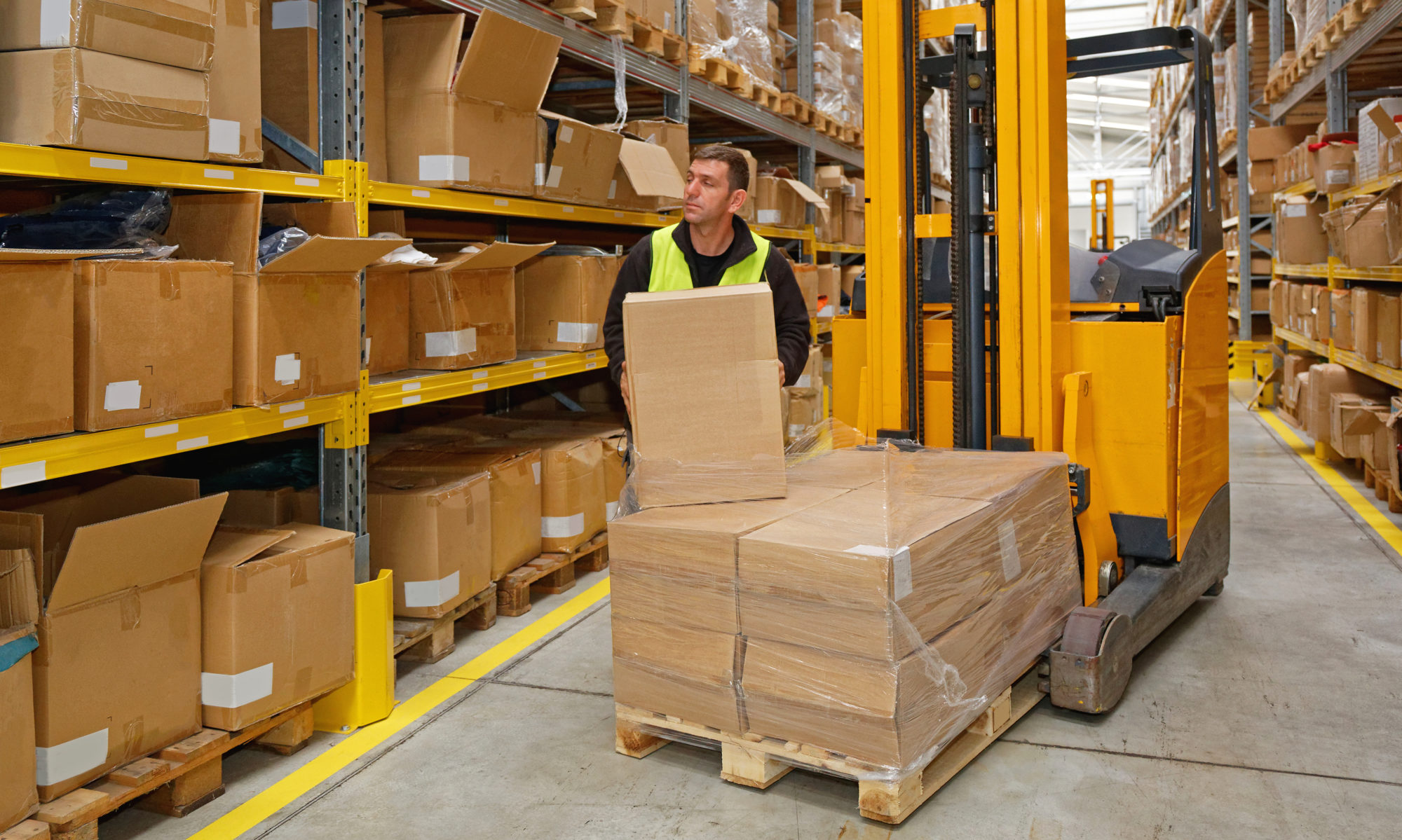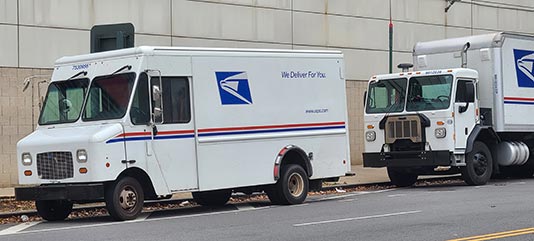The phenomenal explosion of social media has given rise to a new occupation: online influencer. People with a knack for promotion and a keen understanding of their audience can make a six-figure income.
Isn’t your money better spent on partnering with a fulfillment warehouse that can help you maximize sales and offer a stellar customer experience? Use our valuable tips to become your own influencer and control the narrative that shapes your brand.
1. Know your audience.
Before you do anything else, define the audience you want to reach. This is the core around which you’ll build your overall strategy.
Don’t stop at basic demographic data such as age and gender. Take a deep dive into who these people are and what motivates them. Where do they live? What are their interests? What are their preferred channels of communication? There are a number of analytics tools that allow you to gather this information.
2. Leverage your social media platforms.
Social media is not passive. It’s intended to create a connection between people who might otherwise not have the opportunity to interact. Boost engagement with followers through these tried-and-true methods:
• Post colorful, eye-catching pictures
• Share quirky videos that have the potential to go viral
• Include hashtags
• Conduct giveaways
• Incorporate user-generated content
3. Make content relevant.
This is where steps 1 and 2 intersect. The most professional, well-crafted content is all for nothing if it holds no interest for your audience. Target marketing, where you craft a program to reach your most likely consumers, is more successful and cost-effective than traditional mass marketing, which is the generic, “throw everything against a wall and see what sticks” method.
As an example, you probably wouldn’t get any results posting retirement-related content for a target audience of twenty-somethings. Many sellers use their customer data to build buyer personas that represent their ideal customers. This technique helps to humanize your audience and determine what content would be most appealing to them.
4. Follow a consistent schedule.
Random postings come off as an afterthought. When you follow a specific schedule, people will become accustomed to the rhythm and look forward to your posts. It also helps you get in the habit of planning your topics.
There’s another compelling reason to create a social media schedule. Instagram and many other platforms give preference to accounts that post on a regular basis.
5. Team up with a complimentary brand.
Cross-promotion is a great way to tap into an audience you may not be currently reaching. Look for a brand that appeals to a similar customer but is not a direct competitor. Activities can include anything from links and guest blog posts to co-sponsoring contests and giveaways.
Burger King is a high-profile example of a successful cross-promotion strategy. The fast-food chain has marketed tie-ins with a wide range of movies and TV shows, most notably The Simpsons and a number of Disney films.
6. Follow other influencers.
There’s no need to reinvent the wheel. It always helps to learn from the best. Follow some of the top influencers and pay attention to what they do. How often do they post? How do they interact with their audience? Also note what kind of posts generate the most response from followers.
Build Your Brand with First-Class Fulfillment Warehouse Services
No matter how well you market your brand, it means nothing if you can’t follow through with excellent delivery and service. We offer scalable, customizable fulfillment warehouse services that can grow along with your business.
Contact Medallion Fulfillment & Logistics to learn more about our programs, including our Amazon replenishment warehousing service.





